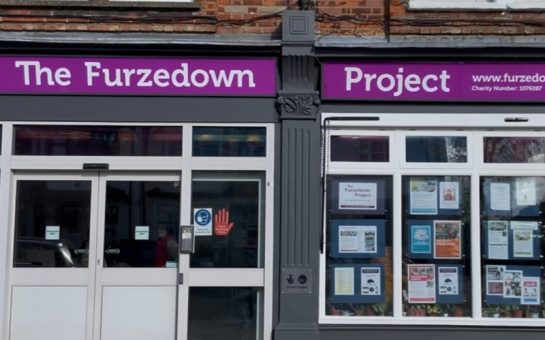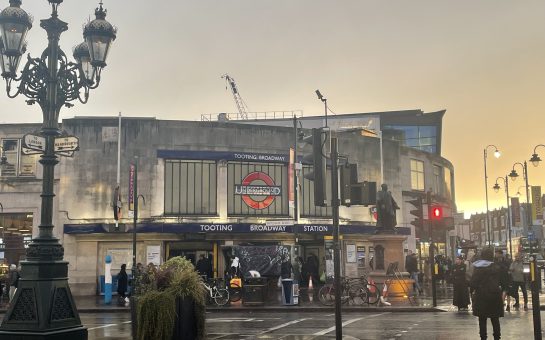Wandsworth ranked second highest nationally for residents who said their health was good.

Wandsworth residents are among the healthiest in the UK, according to the latest figures from the 2011 census.
After Kensington and Chelsea, Wandsworth ranked second highest nationally for the proportion of residents who said their health was very good – 57 per cent compared to 47 per cent in England and Wales.
Results also showed that the typical Wandsworth resident was likely to be a well-educated, 32-year-old professional who gets the tube to work. 54% of people living in the borough are educated to degree level or higher – the second highest proportion nationally outside the City of London.
Employment rates are also significantly higher than the average, with 71 per cent in the borough employed, compared with 62 per cent nationally. Between 2001 and 2011, there was a 90 per cent increase in the number of residents employed in professional occupations.
The borough also has the fourth largest population increase in London, thanks to a rise in the birthrate and an increase in net migration.
Trends also suggest that young adults choose to stay in the borough as they get older, and has the highest proportion of 30-44 year olds in the country.
The census also showed that five per cent of all the people living in England and Wales who have a passport issued in Antartica and Oceania, which includes Australia and New Zealand, live in Wandsworth. They make up 3.5 per cent of the borough’s population.
Leader of the council, Ravi Govindia, said: “Thanks to everyone who filled in their census form, we have a good snapshot of our population, and can continue to work to create the healthiest, most prosperous and most vibrant borough we can for them.
“The figures vindicate our belief that to create a stronger Wandsworth we need to focus our attention on creating more school places and continually improving the performance of our schools, attracting inward investment – especially in the Nine Elms regeneration area – in order to create more homes and job opportunities for local people and to improve our transport network.”
Photo courtesy of Sport Communites, with thanks.
Follow us @SW_Londoner




